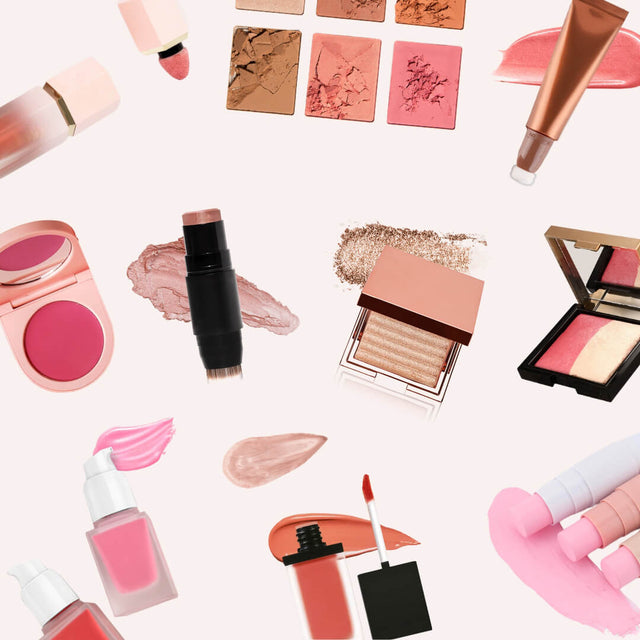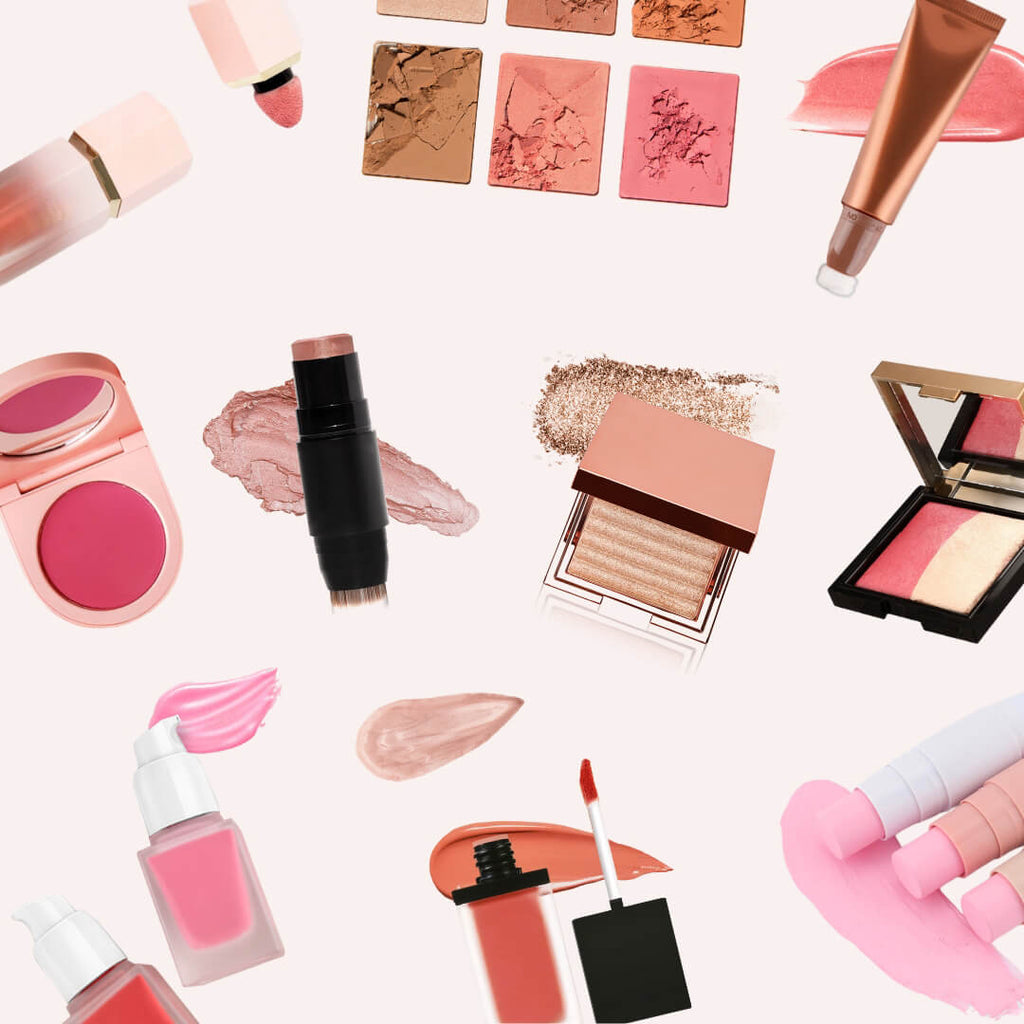
Navigating Global Makeup Markets in 2025: Essential Insights for Launching Your Private Label Brand with Custom Eyeshadow Palettes and Magnetic Lashes Across Key Regions
Introduction
As we enter 2025, the global makeup market is poised for unprecedented growth, driven by rising consumer demand for personalized beauty products. Private label brands, particularly those focusing on custom eyeshadow palettes and magnetic lashes, are emerging as powerful contenders in the beauty space. However, navigating the complex landscape of international markets requires a thorough understanding of regional regulations, consumer preferences, and effective marketing strategies. This article provides essential insights for entrepreneurs looking to launch their makeup brands across various key regions.
1. North America
The North American market, especially the United States and Canada, is a fertile ground for launching makeup brands. The demand for innovative and customizable beauty products is higher than ever. Here’s a deeper dive into what you need to consider:
- Consumer Trends: In North America, consumers are increasingly gravitating towards clean beauty products, which are free from harmful chemicals. Brands that emphasize transparency in ingredient sourcing and sustainability are favored.
- Labeling Requirements: Ensure compliance with FDA regulations in the U.S. Your product labels should clearly list all ingredients, and any health claims must be substantiated by data. In Canada, Health Canada mandates similar requirements, emphasizing safety and efficacy.
- Import Policies: Familiarize yourself with tariffs and import duties. Using customs brokers can facilitate the process, ensuring that all products comply with local regulations.
- Marketing Strategies: Social media platforms like Instagram and TikTok are essential for engaging with your audience. Collaborating with beauty influencers can provide authentic testimonials and broaden your reach. Consider targeted ads and giveaways to generate buzz around your brand.
- Online Store Setup: Utilize e-commerce platforms such as Shopify or WooCommerce to create your online store. Optimize your website for mobile users, as a significant portion of shopping is done via smartphones.
2. Europe
The European market is diverse, with each country having its unique regulations and consumer preferences. Here’s what you need to know:
- Consumer Trends: European consumers are increasingly leaning towards eco-friendly products. Brands that offer refillable packaging or sustainable sourcing are gaining traction.
- Labeling Requirements: Comply with the EU Cosmetics Regulation, which requires a Product Information File (PIF) for each product. All ingredients must be listed, and any claims made must be properly substantiated. Ensure that all labels are available in the local language.
- Import Policies: The EU has strict regulations regarding animal testing and hazardous substances. Ensure your products meet these standards to avoid legal issues. Customs duties may apply, so factor this into your pricing strategy.
- Marketing Strategies: Sustainability is a key selling point in Europe. Highlight your brand’s commitment to green practices in all marketing campaigns. Collaborating with local beauty influencers can also enhance credibility and visibility.
- Online Store Setup: Adapt your online store for different European markets by offering localized versions. Consider integrating payment options popular in each country, such as iDEAL in the Netherlands or Klarna in Sweden.
3. Asia-Pacific
The Asia-Pacific region, particularly South Korea, Japan, and Australia, is known for its innovative beauty trends and high consumer spending on cosmetics. Here’s how to navigate this dynamic market:
- Consumer Trends: K-beauty (Korean beauty) continues to dominate, with consumers seeking unique formulations and vibrant colors. Products that offer multifunctionality, such as eyeshadows that double as highlighters, are particularly popular.
- Labeling Requirements: In South Korea, new cosmetics must be registered with the Ministry of Food and Drug Safety (MFDS). Compliance with local standards is crucial for market entry.
- Import Policies: Each country in the region has its own tariffs and duties. Australia, for example, applies a Goods and Services Tax (GST) on imported goods, which must be considered in your pricing strategy.
- Marketing Strategies: Leverage social media platforms such as Weibo, Instagram, and LINE to promote your products. Collaborating with local beauty influencers and KOLs (Key Opinion Leaders) can significantly boost brand recognition.
- Online Store Setup: Utilize platforms that are popular in the region, such as Qoo10 in Singapore or Rakuten in Japan. Ensure your website is optimized for mobile, as mobile commerce is particularly strong in Asia.
4. Latin America
Latin America is witnessing a rise in the beauty market, especially in countries like Brazil and Mexico. Entrepreneurs should focus on the following:
- Consumer Trends: There is a growing appetite for affordable yet high-quality makeup products. Brands that offer value for money tend to perform well.
- Labeling Requirements: In Brazil, cosmetic products must be registered with ANVISA. Labels should be in Portuguese and clearly state all ingredients and usage instructions.
- Import Policies: Brazil has high import tariffs, which can significantly impact pricing. Ensure you understand the customs process and work with local distributors to navigate these challenges.
- Marketing Strategies: Utilize localized content marketing strategies that resonate with local culture and values. Social media platforms like Facebook and Instagram are widely used for beauty product discovery.
- Online Store Setup: Consider using local e-commerce platforms such as Mercado Libre for easier access to the market. Optimize your online store for local preferences and payment methods.
5. Middle East
The Middle Eastern market, particularly in the UAE and Saudi Arabia, is characterized by a strong preference for luxury beauty products. Here are key considerations:
- Consumer Trends: The demand for high-end brands and exclusive products is prevalent. Consumers often seek unique, high-quality offerings that stand out.
- Labeling Requirements: Products must comply with the UAE’s Ministry of Health regulations. Ensure labels are available in Arabic and include all necessary information for consumers.
- Import Policies: Be aware of the customs regulations and potential duties when importing products into the region. Establishing relationships with local distributors can facilitate smoother market entry.
- Marketing Strategies: Highlight luxury and exclusivity in your branding. Social media, particularly Instagram, plays a crucial role in beauty marketing in the Middle East. Collaborate with local influencers who resonate with your target demographic.
- Online Store Setup: Leverage platforms like Noon and Souq for e-commerce. Ensure your website is culturally relevant and visually appealing to the local audience.
6. Key Trends Shaping the Global Makeup Market in 2025
As you prepare to launch your private label brand, it's imperative to stay updated on the latest trends in the makeup industry. Here are some key trends to watch in 2025:
- Personalization: Customers are seeking products tailored to their needs, whether it's custom shades of eyeshadows or personalized packaging. Offering customization options can set your brand apart.
- Technology Integration: Augmented reality (AR) technology is becoming increasingly popular for virtual try-ons. Consider integrating AR features into your marketing strategy to enhance the shopping experience.
- Sustainability: Eco-friendly packaging and cruelty-free products are no longer optional; they are expected. Brands that prioritize sustainability will likely attract a loyal customer base.
- Inclusivity: The demand for diverse product ranges that cater to all skin tones is growing. Ensure your eyeshadow palettes and magnetic lashes are inclusive and represent a wide variety of consumers.
- Health and Wellness: Products marketed with skin-beneficial properties, such as vitamins and natural extracts, are gaining popularity. Highlighting these benefits can attract health-conscious consumers.
Conclusion
Launching a private label makeup brand in 2025 requires a comprehensive understanding of the global landscape. By carefully considering the unique characteristics of each market—North America, Europe, Asia-Pacific, Latin America, and the Middle East—you can strategically position your brand for success. Custom eyeshadow palettes and magnetic lashes present exciting opportunities to connect with consumers worldwide. Embrace current trends, ensure compliance with regulations, and craft compelling marketing strategies to make your brand stand out in the competitive beauty industry. With the right approach, your makeup brand can thrive and resonate with beauty enthusiasts around the globe.
Share

Launching Your Makeup Brand Globally in 2025: Essential Steps for Navigating Cosmetics Regulations and Trendy Innovations Across Key Markets



